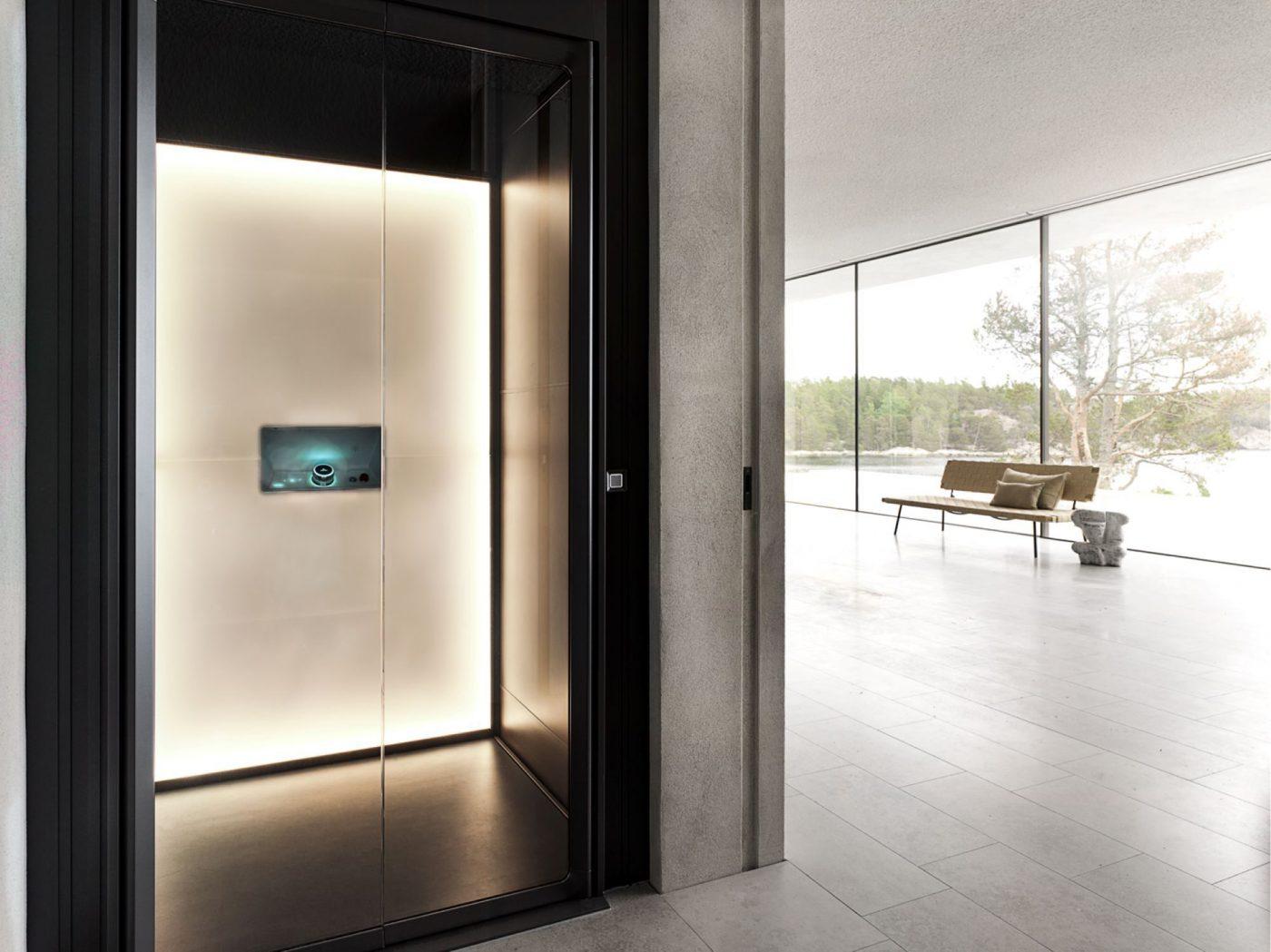Leading Lift Companies in London: Supplying Exceptional Solution and Assistance
Digging Into the World of Lifts: Typical Issues Encountered by Different Lift Mechanisms
As we browse with the vertical transportation systems of contemporary buildings, lifts stand apart as an important component of our every day lives. Nevertheless, behind their smooth operation exists a world of intricate devices that can in some cases encounter difficulties. From hydraulic elevators to grip systems and machine-room-less designs, each lift type features its set of usual problems. Recognizing these difficulties is crucial for making sure the smooth functioning of these crucial systems. Let's check out the intricacies that underlie the operation of lifts and the potential problems that can emerge, clarifying the detailed web of lift systems.
Hydraulic Elevators
Hydraulic elevators, usually preferred for low-rise buildings, make use of fluid stress to control the motion of the lift auto (lift repair companies). This mechanism includes a hydraulic pump pressing oil right into a cylinder, causing the lift to relocate the wanted direction. While hydraulic lifts are recognized for their smooth and quiet operation, they do include their very own collection of usual issues
One common issue with hydraulic elevators is oil leakage. Additionally, issues with the control system, such as faulty valves or a malfunctioning pump, can create disturbances in the lift's motion.
Routine maintenance and prompt repairs are vital to ensure the smooth performance of hydraulic lifts. By attending to these typical issues proactively, building proprietors can lessen downtime and guarantee the safety and efficiency of their upright transport system.
Traction Lifts
When taking into consideration vertical transportation systems in structures, one more common kind other than hydraulic elevators is the grip lift. Traction lifts operate using a system of ropes and weights that move the lift cars and truck by grasping onto the hoist ropes. This mechanism enables smoother and quicker upright transport compared to hydraulic systems.
Among the common concerns dealt with by traction lifts is rope wear. The constant activity of the ropes within the traction system can bring about use and tear over time, possibly causing the lift to malfunction or come to be risky for usage. Regular examinations and maintenance of the ropes are crucial to make sure the lift's appropriate performance and safety.
An additional issue that grip lifts may run into is connected to the control system. Troubles with the control system can lead to problems such as erratic motion, delays in feedback times, and even full closures. Normal testing and upkeep of the control system are essential to protect against such issues and make sure the lift's reliability.
Machine-Room-Less (MRL) Lifts

One of the essential parts of MRL lifts is the compact gearless grip maker that is installed within the hoistway. This equipment effectively drives the elevator car without the demand for bulky equipment located in standard traction lifts. Additionally, MRL lifts usually use a weight system to balance the auto, additional enhancing their power efficiency.
Despite their benefits, MRL lifts may deal with obstacles associated with repair and maintenance due to the restricted room for equipment installation. Availability for servicing parts within the shaft can be limited, needing specialized training for professionals. Proper maintenance routines and routine examinations are essential to make sure the ongoing smooth procedure of MRL lifts.
Overloading and Weight Limit Issues
Are elevators geared up to manage excess weight lots successfully and securely? Overloading and weight limit issues are vital worries in lift procedures. Lift suppliers layout raises with details weight capacities to ensure passenger safety and tools durability. Surpassing these weight limitations can cause different issues, including mechanical failures, delays, and safety hazards.
When elevators are overwhelmed, it places too much strain on the electric motor, wires, and various other elements, potentially creating breakdowns or malfunctions. If they detect excess weight, safety and security systems such as sensors and overload sensing units are in place to prevent lifts from moving. In addition, surpassing weight limits can cause enhanced power usage and wear and tear on the lift system.
To mitigate straining issues, constructing managers need to prominently present weight limitations in lifts and educate owners on the significance of sticking to these limitations - lift repair companies. Normal maintenance checks by certified technicians can likewise help make sure that lifts are operating within secure weight parameters. By attending to overloading and weight restriction problems proactively, structure proprietors can enhance lift safety and security and efficiency
Electric System Failings
Exceeding weight limitations in lifts can not only result in mechanical concerns but also possibly add to electric system failures within the lift facilities. Electric system failings are a crucial worry in lift procedure, as they can cause unexpected shutdowns, breakdowns, or also safety and security hazards. One typical electric concern is the getting too hot of parts due to excessive present circulation triggered by straining the lift beyond its capacity. This can result in damage to the motor, control, or electrical wiring systems, leading to expensive repair services and downtime.
Routine maintenance and assessments are important to identify and attend to potential electric issues without delay, guaranteeing the secure and effective procedure of elevator systems. By sticking to weight limits and carrying out regular electrical system checks, structure owners disabled platform lifts prices uk can alleviate the risk of electrical failings in elevators.
Final Thought

Hydraulic lifts, typically preferred for low-rise structures, utilize fluid stress to manage the movement of the lift vehicle.When taking into consideration vertical transport systems in buildings, an additional typical kind aside from hydraulic lifts is the traction lift. Traction lifts operate utilizing a system of ropes and counterweights that relocate the lift automobile by clutching onto the hoist ropes. Unlike traditional lifts that require a separate equipment space to house the tools, MRL elevators incorporate many of the elements within the shaft, removing the need for a specialized machine space.In verdict, elevators encounter common problems such as hydraulic breakdowns, grip system failures, and electric system troubles.